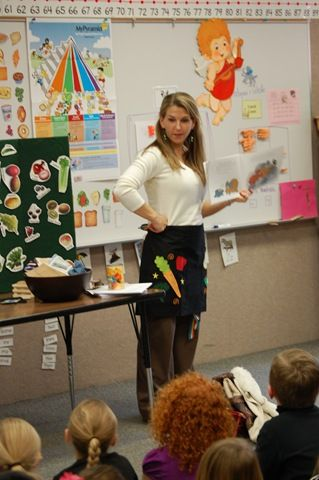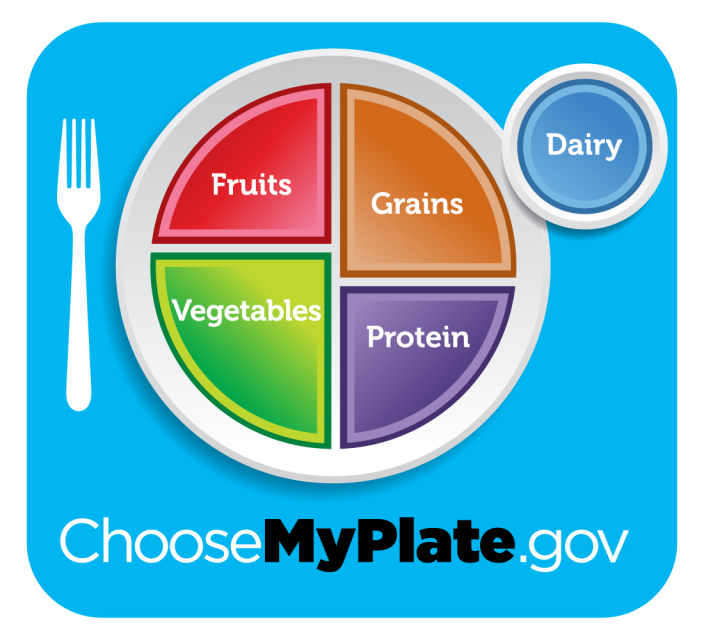Nutrition Education

Nutrition Education
At the Roseville City School District Child Nutrition Department we provide nutrition education and materials to all school sites utilizing the Dairy Council of California’s classroom programs and University of California Cooperative Extension Nutrition Education Program. Additionally throughout the school year, dietetic interns from Sacramento State and representatives from the UC Cooperative Extension provide nutrition education lessons in various classrooms. Many school sites also participate in the Mobile Dairy Classroom where a live cow and calf visit the school for an educational and fun assembly for the whole school.
Nutrition education and healthy eating go hand in hand. Not only do the complete meals we serve provide students with ⅓ of their daily required nutrients but they are healthy too. Studies show that good nutrition is linked to improved cognitive function, reduced absenteeism, and improved mood (CDC School Nutrition). Nutrition education and healthy eating are not only important at school but at home as well. More resources and recipes can be found at the Academy of Nutrition and Dietetics website.
Nutrition Guidelines for Students
Our school meals meet all of the guidelines from the USDA. These are a good rule of thumb for home meals too. You can follow the MyPlate graphic where ½ of the plate is fruit and vegetables, ¼ of the plate lean protein and the other ¼ of the plate is whole grains with the addition of low-fat dairy or nondairy milk.
Fitness Guidelines for Students
According to the CDC (Centers for Disease Control and Prevention) children and adolescents should participate in at least 60 minutes of physical activity per day, from the three groups below.
- Aerobic Activity: This should make up most of their daily activity and should occur at least 3 days a week, some activities include brisk walking and running.
- Bone Strengthening: Some examples of bone-strengthening include jumping rope or running and should be part of their activity at least 3 days a week.
- Muscle Strengthening: Some muscle-strengthening activities include push-ups and gymnastics and should occur at least 3 days per week.
Eat smart to play hard! Eat fruits and veggies at mealtime and for snacks.
For more tips check out the CDC’s website


